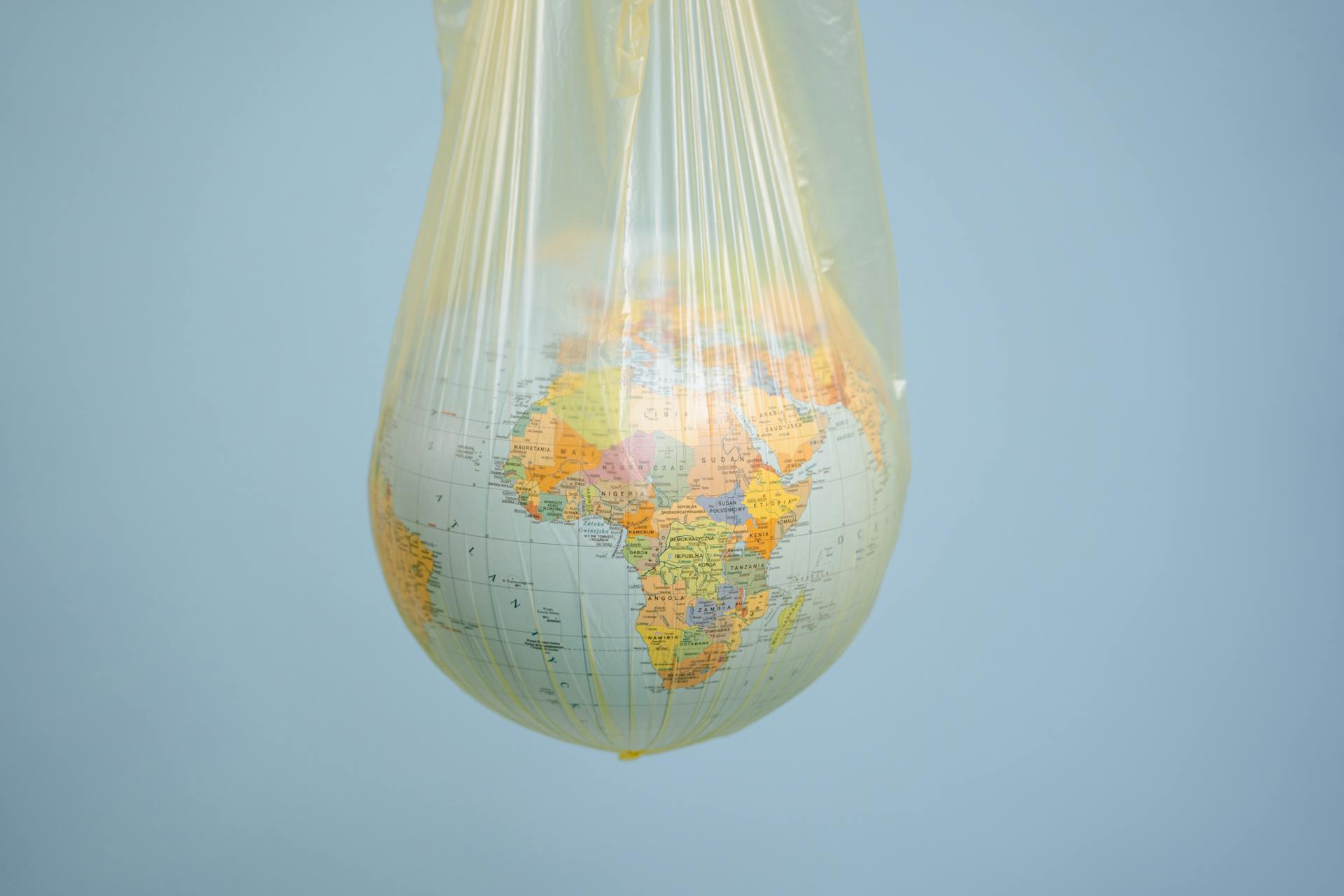Library
29 July 2025
Unlocking environmental gains through increased textile recycling
Library
29 July 2025
Ecosystem's readiness to support EU strategic autonomy and defence efforts
R&I, techniques and technological solutions
Social dimension
+14 more
Login / create an account to be able to react

A new EU study shows that increasing textile-to-textile recycling to 10% by 2035 could cut 440,000 tonnes of CO₂ annually and ease water scarcity, supporting EU goals on sustainable textiles and waste reduction.
Topics
Albania
Armenia
Austria
Belgium
Bosnia and Herzegovina
Bulgaria
Croatia
Cyprus
Czechia
Denmark
Estonia
EU-27
Finland
France
Georgia
Germany
Greece
Hungary
Iceland
Ireland
Italy
Kosovo
Latvia
Liechtenstein
Lithuania
Luxembourg
Malta
Moldova
Montenegro
Netherlands
North Macedonia
Norway
Poland
Portugal
Romania
Serbia
Slovakia
Slovenia
Spain
Sweden
Switzerland
Türkiye
Ukraine
Other
Academic / Research and VET Institutions
Business Support Organisation
Company with 250 or more employees
Cluster Organisations
Consumer Organisations
Cultural and Heritage Organisations
Destination Management & Marketing Organisations
EU Institutions
Financial Institutions and Investors
Industry Associations and Chambers of Commerce
International Organisations
Local Authorities
Media / Journalist Organisations
National authorities
Networks and Federations / Confederations
NGOs / Non-profits
Notified Bodies
Regional Authorities
SMEs (a company with less than 250 employees)
Social Economy Entity
Trade Unions
Other
-
Transition Pathway's building blocks
-
-
Ecosystem's readiness to support EU strategic autonomy and defence efforts
-
R&I, techniques and technological solutions
-
Social dimension
-
Sustainable competitiveness
-
Regulation and public governance
-
-
Industrial ecosystems
-
-
Textile
-
-
Textiles ecosystem areas
-
-
Fibres, yarns and fabrics
-
Apparel and clothing accessories
-
Household/interior textiles
-
Technical textiles
-
Leather and fur
-
Footwear
-
Research and Innovation
-
Technology and Machinery
-
Waste management, reuse and repair
-
Business support and Communication
-
Not area specific (interested in more than one of the above)
-
Share
A recent study commissioned by the European Commission explores the potential environmental gains of scaling textile-to-textile recycling in Europe. With global textile recycling rates currently at just 1%, researchers investigated the climate and water impacts of increasing this to 10% by 2035. The study supports EU efforts under the Circular Economy Action Plan and the EU Strategy for Sustainable and Circular Textiles, which aims to ensure all textile products on the EU market are durable, repairable, and recyclable by 2030.
Conducted by the IVL Swedish Environmental Research Institute, the study used life cycle assessment and Monte Carlo analysis to evaluate five key factors: increased collection and sorting, greater recycling, reduced landfill and incineration, reduced primary fibre use, and trade-offs with energy generation from incineration. It offers rare insight into the systemic effects of fibre-to-fibre recycling at scale something essential for designing effective EU policies on textile waste.
Key Findings
- Climate impact reduction: Achieving 10% recycling by 2035 could reduce climate impact by an average of 0.5%, equivalent to saving 440,000 tonnes of CO₂ annually, with a 92% probability of a net-positive climate outcome.
- Water savings: The recycling shift could reduce water scarcity impact by over 3%, saving approximately 8.8 billion m³ world equivalent in water use, with near 100% certainty of improvement.
- Influencing variables: Factors like energy decarbonisation and decreased virgin fibre production are key to maximising the impact. Small changes could affect the climate reduction probability (range: 87-95%), while major variables shift it between 62-98%.
- Policy needs: Fibre-to-fibre recycling must be energy efficient and produce high-quality fibres to replace virgin fibres. Policy tools such as taxes on virgin materials and stronger textile collection systems are needed to support uptake and effectiveness.
The findings reinforce the environmental value of expanding textile-to-textile recycling and provide concrete data to support EU targets. While technical and policy challenges remain, the study makes a strong case for investing in advanced recycling systems as part of a broader shift toward circular textile production in Europe.
Read the full EU study summary here.
Comments (0)
See also
-
67
The EIT KICs Position Paper for a Circular and Sustainable Fashion and Textiles Industry in Europe
- Categories
- Infrastructure Investments and funding R&I, techniques and technological solutions +20 more
-
105
Small mid‑caps: bridging the gap between SMEs and large companies
- Categories
- Infrastructure Investments and funding R&I, techniques and technological solutions +28 more
-
70
The EU’s 2024 Industrial Report reveals green and digital pathways for textiles transformation
- Categories
- Infrastructure Investments and funding R&I, techniques and technological solutions +16 more



